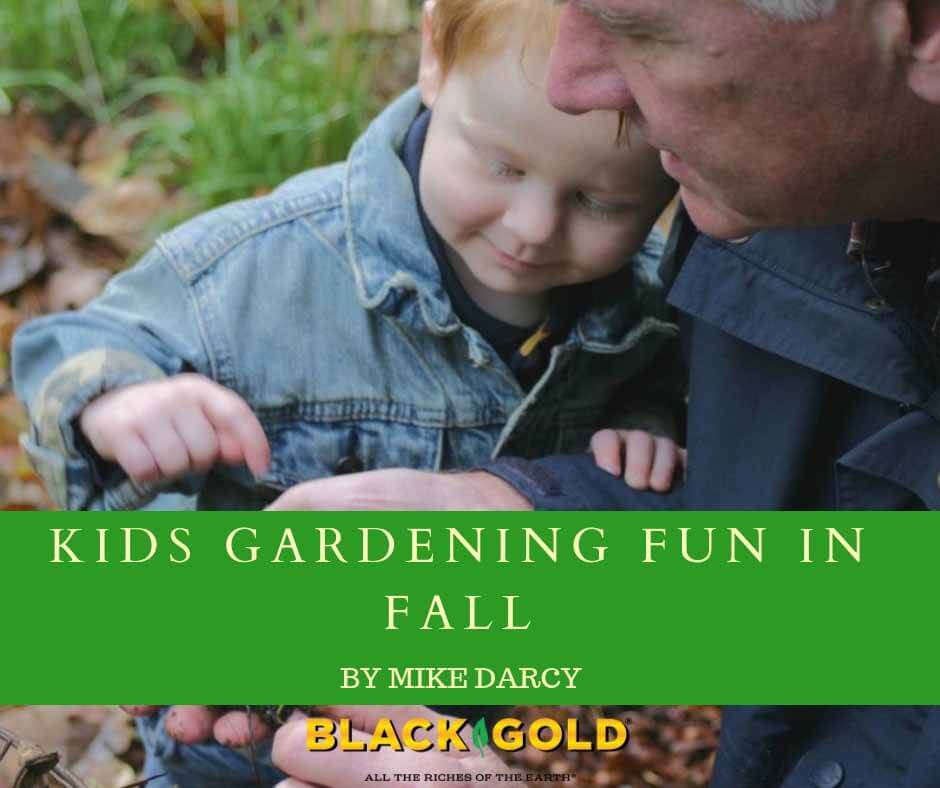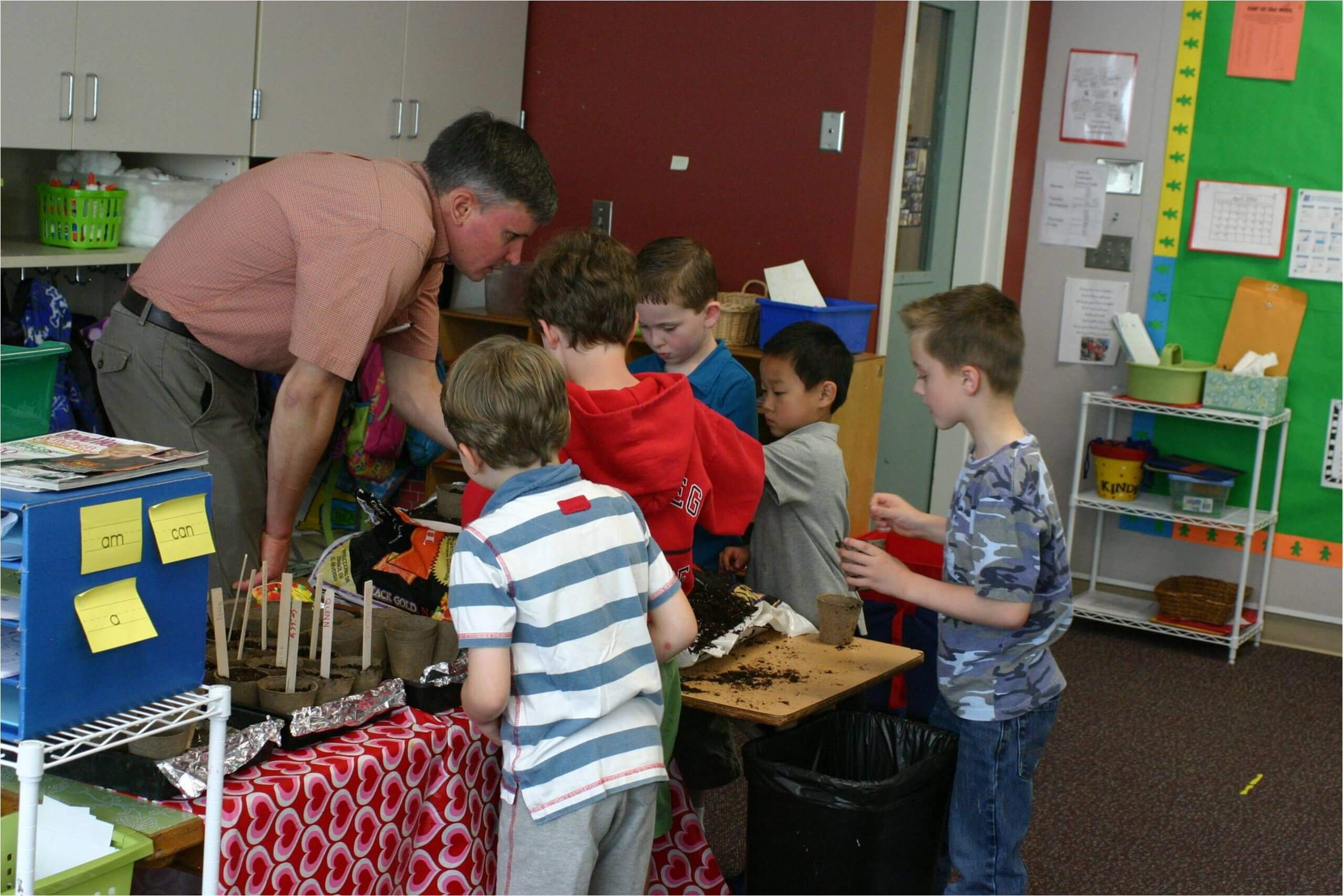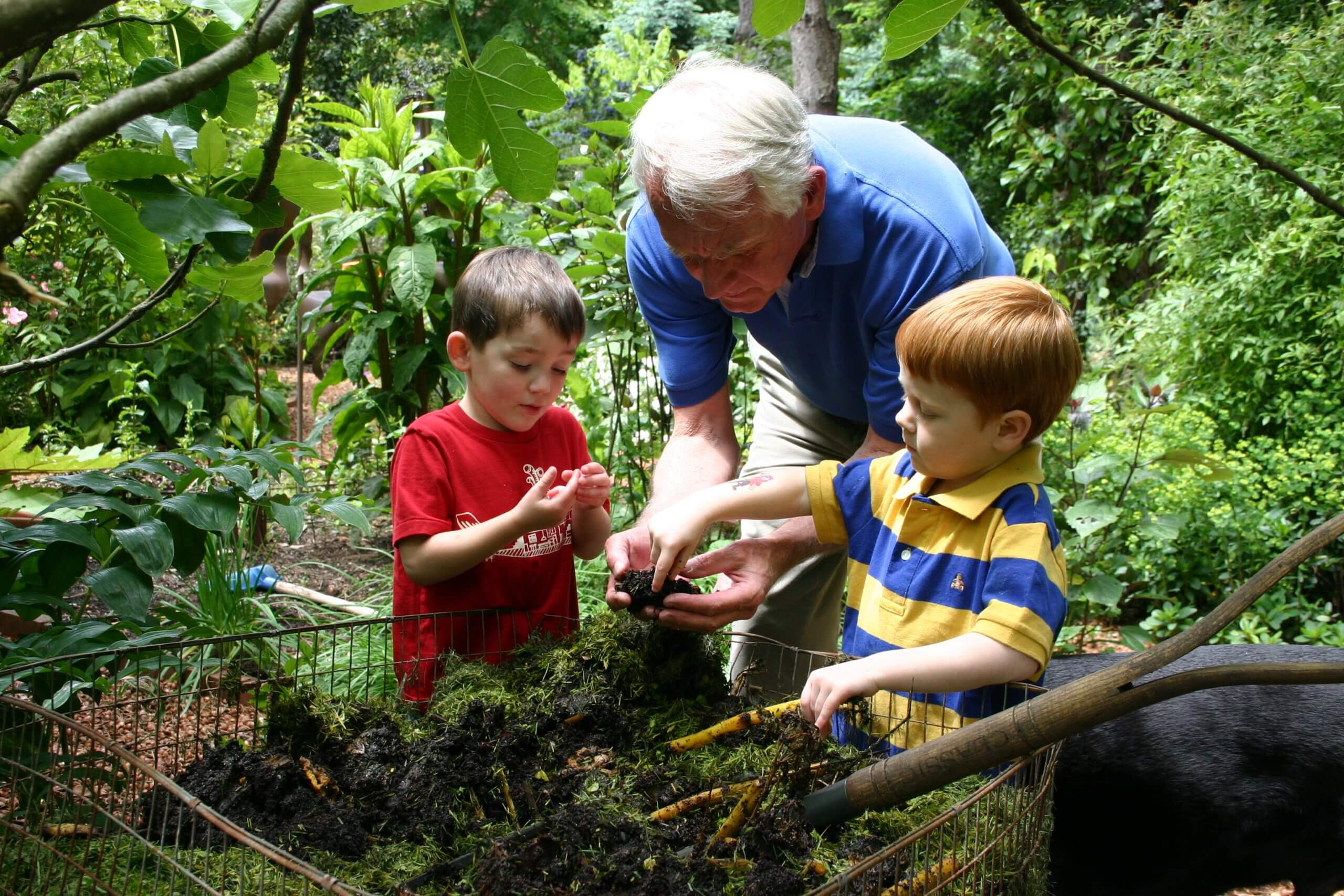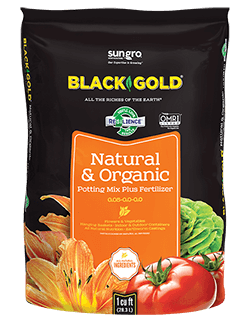
As gardeners, I believe that one of the most important things we can do is to encourage young children to garden. With our urban society, many kids have no connection to the earth, and in many cases, gardening is foreign to them. Luckily many communities offer community garden plots, but these generally tend to be used by adults, and when I visit local community gardens, I rarely see kids. Therefore, it is often up to us as adults to get some programs started that are especially geared for kids.
Fall is an excellent time to begin a conversation with kids about gardening as there is so much happening that is readily visible. For example, here in the Pacific Northwest, many of the deciduous trees are turning brilliant shades of color, certain birds are migrating and perhaps making stops in local garden or parks. Fall bulbs are available, and fall is a perfect time to talk about composting, why we do it and how.

Hands-On Gardening Lessons
For many years I have done a ‘hands on’ lesson on growing seeds to 1st graders. I use nasturtium seeds because they are large for small hands to handle and they germinate quickly. Each child gets a 4-inch plastic pot, a wooden label to write their name on and three to four nasturtium seeds. I also have a bag of Black Gold Natural & Organic Potting Soil that I open and each child puts soil in their pot and then with their fingers, make a depression for each seed. I remember the first time I did this, one of the students asked me if it was okay to touch the soil. Hearing that question for the first time was a surprise, but now it is not an unusual question.
October is the month when fall bulbs have arrived in garden centers. Think about the age of the children you are working with, but from about 1st grade on, ‘forcing’ a paper white narcissus is an ideal way to introduce bulbs to kids. Paper white narcissus grow quickly with some green sprouts usually appearing in less than a week. Flowers also appear within 4-6 weeks, so this lesson is one that kids can see results in a relatively short period of time.

Composting with Kids
There is no better time of year than now to teach kids about composting, especially with fall leaves. We have a compost bin in our garden, and our kids (and now our grandkids) have grown up knowing what it is for. It is the place we put vegetable kitchen scraps, grass clippings, and now lots of leaves. When our kids were young, I would put pieces of plastic in the compost bin to teach them that plastic is plastic forever. Our compost bid is also teaming with red worms and our kids have learned that holding worms is a very natural thing. This may seem fairly ordinary but when I take a container of compost with worms to young kids at a school, many are very reluctant to touch them.
 With the budget issues of many school districts, I find they are almost always appreciative to classroom activities that parents can provide that pertain to gardening and/or our environment. It is not necessary to have had classroom teaching experience as I have found that for gardeners to talk about gardening and make it pertinent for kids is very easy and something we can all do. October is an ideal month to give some lessons on composting leaves and to explain the benefits of doing it. The kids will be thrilled and you will be pleasantly surprised at how good it will make you feel.
With the budget issues of many school districts, I find they are almost always appreciative to classroom activities that parents can provide that pertain to gardening and/or our environment. It is not necessary to have had classroom teaching experience as I have found that for gardeners to talk about gardening and make it pertinent for kids is very easy and something we can all do. October is an ideal month to give some lessons on composting leaves and to explain the benefits of doing it. The kids will be thrilled and you will be pleasantly surprised at how good it will make you feel.

